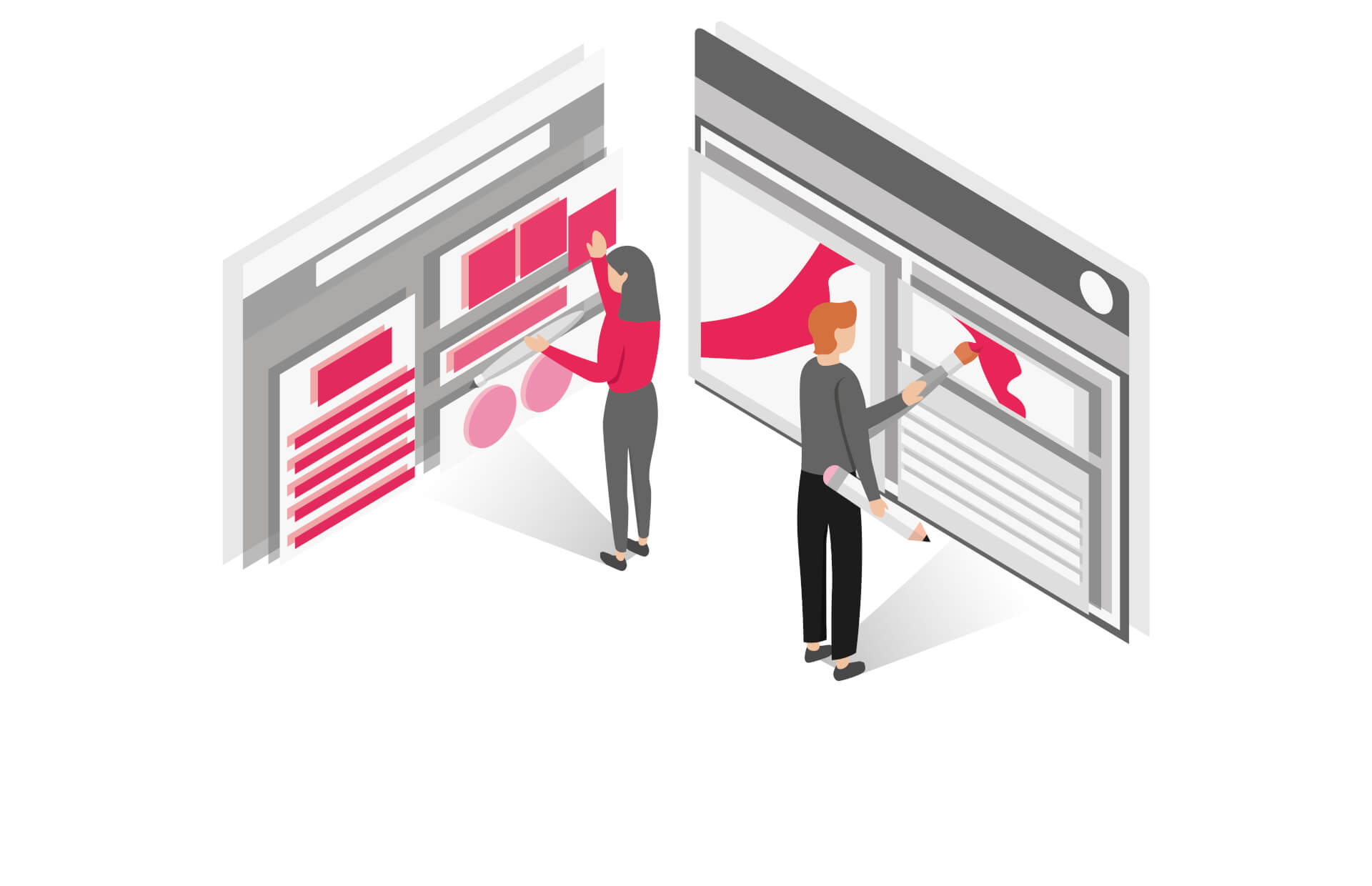 Net Promoter Score (NPS) is a widely used metric that helps businesses gauge customer satisfaction and loyalty. However, manually following up with customers to gather feedback can be time-consuming and inefficient. This is where NPS response automation comes in.
Net Promoter Score (NPS) is a widely used metric that helps businesses gauge customer satisfaction and loyalty. However, manually following up with customers to gather feedback can be time-consuming and inefficient. This is where NPS response automation comes in.
What is NPS Response Automation?
NPS response automation is the process of using technology to automatically follow up with customers after they have provided feedback through an NPS survey. This automation streamlines the feedback collection process and allows businesses to engage with customers in a timely manner.
Why is it important for businesses?
Automating the NPS response process can help businesses save time and resources while improving customer engagement. By implementing automated follow-ups, companies can ensure that every customer's feedback is acknowledged and addressed promptly.
Understanding NPS
What is Net Promoter Score (NPS)?
Net Promoter Score (NPS) is a metric used to measure customer loyalty and satisfaction. Customers are asked to rate their likelihood of recommending a company to a friend or colleague on a scale of 0 to 10. Based on their responses, customers are categorized into promoters, passives, or detractors.
How is NPS calculated?
NPS is calculated by subtracting the percentage of detractors from the percentage of promoters. The resulting score can range from -100 to 100, with higher scores indicating higher levels of customer satisfaction and loyalty.
Importance of NPS in measuring customer satisfaction
NPS provides businesses with valuable insights into how customers perceive their products and services. By tracking NPS scores over time, companies can identify areas for improvement and measure the impact of their customer experience initiatives.
Benefits of NPS Response Automation

Streamlining the feedback process
Automating the NPS response process allows businesses to collect feedback more efficiently and effectively. By sending automated follow-up emails, companies can gather valuable insights from customers without manual intervention.
Increasing response rates
Automated follow-ups can help boost response rates by reminding customers to provide feedback and making it easier for them to share their thoughts. This can lead to a higher volume of responses and more accurate data.
Improving customer engagement
By responding to customer feedback promptly and personally, businesses can enhance customer engagement and build stronger relationships. NPS response automation enables companies to show customers that their opinions are valued and appreciated.
Implementing NPS Response Automation
 Choosing the right automation tools
Choosing the right automation tools
When implementing NPS response automation, it's important to select the right tools that align with your business goals and objectives. Look for software that offers customizable email templates, scheduling capabilities, and analytics features.
Setting up automated follow-up emails
Create personalized follow-up emails that thank customers for their feedback and encourage them to provide more details. Include links to additional surveys or feedback forms to gather more insights from customers.
Personalizing responses for a better customer experience
Tailor your automated responses to address each customer's feedback individually. Use customer data and segmentation to personalize emails and show customers that you value their input.
Best Practices for NPS Response Automation

Timing is key
Send follow-up emails at the right time to maximize response rates. Consider factors such as the time of day, day of the week, and customer behavior patterns when scheduling automated emails.
Encouraging feedback through incentives
Offer incentives such as discounts, freebies, or exclusive offers to encourage customers to provide feedback. This can motivate customers to share their opinions and increase engagement with your brand.
Analyzing and acting on feedback data
Use the data collected through NPS response automation to identify trends, patterns, and areas for improvement. Analyze feedback data regularly and take action to address customer concerns and enhance the overall customer experience.
Common Misconceptions about NPS Response Automation
Automation leads to impersonal interactions
Contrary to popular belief, NPS response automation can be personalized and engaging. By using customer data and segmentation, businesses can tailor their automated responses to each individual customer and create a more personalized experience.
Customers prefer manual follow-ups
While some customers may appreciate a personal touch, many prefer the convenience and efficiency of automated follow-ups. By responding promptly and professionally to customer feedback, businesses can show that they value customer input, regardless of the method of communication.
NPS scores can't be improved through automation
NPS response automation can actually help companies improve their NPS scores by enabling them to gather more feedback, identify trends, and take action to address customer concerns.
By leveraging automation tools effectively, businesses can enhance customer satisfaction and loyalty.
Case Studies
 Successful implementation of NPS response automation
Successful implementation of NPS response automation
Our example company implemented NPS response automation and saw a 20% increase in response rates within the first month. By sending personalized follow-up emails and analyzing feedback data, they were able to improve customer satisfaction and loyalty.
Impact on customer satisfaction and loyalty
After implementing NPS response automation, the company saw a significant improvement in their NPS scores and customer retention rates. By engaging with customers in a timely and personalized manner, they were able to build stronger relationships and increase customer loyalty.
Conclusion
In conclusion, NPS response automation is a powerful tool that can help businesses engage with customers without manual follow-up. By streamlining the feedback process, increasing response rates, and improving customer engagement, companies can leverage automation to enhance the customer experience and drive business growth.
FAQs
How can NPS response automation benefit my business?
NPS response automation can benefit your business by saving time and resources, improving customer engagement, and providing valuable insights into customer satisfaction and loyalty.
What are some common challenges in implementing NPS response automation?
Common challenges in implementing NPS response automation include choosing the right tools, personalizing automated responses, and analyzing feedback data effectively.
Can NPS response automation improve customer loyalty?
Yes, NPS response automation can improve customer loyalty by showing customers that their feedback is valued, addressing their concerns promptly, and enhancing the overall customer experience.
How can I measure the success of NPS response automation?
You can measure the success of NPS response automation by tracking response rates, analyzing feedback data, monitoring changes in NPS scores, and evaluating customer satisfaction and loyalty metrics.
What are some best practices for following up with detractors through automation?
When following up with detractors through automation, be empathetic, offer solutions to their concerns, and show that you are committed to addressing their feedback. Personalize your responses and take proactive steps to improve their experience with your brand.
